A skin infection that begins in an oil gland or hair follicle is known as a boil. At the infected area, the skin will at first turn red, and a lump that is tender to touch appears. After about 4 days to a week, this lump will begin looking white as pus collects underneath the skin. The infection will become an abscess if it spreads to the deeper tissues of the skin. Most commonly, you’ll see boils appear on the armpits, face, shoulders, neck and buttocks. It is known as a sty if it develops on the eyelid. If there are several that appear together, this is known as a carbuncle and is a more serious infection. So learn how to get rid of boils early is necessary.

How to Get Rid of Boils
Apply Warm Compress
How it helps: Warm compress will help to alleviate the pain and draw out the pus.
How to apply: Soak a towel or wash cloth that in warm water and put it on the boil. When the boil comes to a head, it will open up if you repeatedly soak it. This generally happens about 10 days after it appears.
Try Tea Tree Oil
How it helps: For boils, tea tree oil is a remedy that is all natural and works great because of its strong antibacterial, antifungal and antiseptic properties.
How to apply: Use the tea tree oil or a mixture of lavender oil and tea tree oil to soak a cotton swab and dab it on the affected area. Do this a few times every day until the boil is healed.
Use Onion
How it helps: There are antiseptic properties in onions which help fight the infection and make the healing process go faster by drawing out the heat in the boil and aiding it to burst. It can also alleviate pain and lower inflammation.
How to apply: To apply, cut the onion into thick slices, then put them on the boil and cover it with a cloth. Change the slices every 2 to 3 hours until the boil bursts and the wound drains.
Soak With Salty Water
How it helps: Epsom salt is an answer to how to get rid of boils because it is very absorbent and can bring the boil to a head and speed up the drainage of bacteria.
How to apply: Take ¼ cup of Epsom salt and dissolve it in 2 cups of warm water. Wet a washcloth with the mixture and put it on the boil. Leave it there for 10 to 15 minutes, and repeat this a few times each day until drainage starts.
You could also take a sitz bath in warm water combined with a cup of Epsom salt. Do this for 15 to 20 minutes, 2 to 3 times per day for a few days.
Try Garlic
How it helps: This is one of the home remedies for boils that is most effective because of its natural antibacterial properties. The juice of garlic helps the boil to mature so it will open up and drain.
How to apply: Crush 2-3 cloves of garlic gently to extract the juice. Apply the juice on the boil with a cotton pad and leave it there for a few minutes. Do this once or twice per day.
You could also make a garlic paste, mixing the garlic with turmeric powder and applying it on the boil. Leave it there for around 10 minutes. Do this a few times per day.
Apply Apple Cider Vinegar
How it helps: Another good at home treatment for boils is applying apple cider vinegar. It is a natural antiseptic and has antimicrobial properties which assist in fighting skin infections.
How to apply: Take some apple cider vinegar or mix it with equal amount of honey, dilute it in water, soak a cotton pad in it and then place the pad on your boil. Leave it on for 15-20 minutes and then rinse it off with lukewarm water. Do this 2 or more times per day.
Apply Milk Cream
How it works: For how to get rid of boils, milk cream is thought to be a great poultice. It will help lower the risk of infection, soften the surface of the boil to break the head and let it drain.
How to apply: Put some fresh milk cream on the boil and leave it there for at least 30 minutes. Do this a few times each day until you get results.
You could also mix 1 teaspoon of milk cream and white vinegar with turmeric powder. Put this paste on the affected area for approximately 20 minutes. Do this a few times per day.
Take Care of Bursting Boils
Once the boil has begun to drain, you should use an antibacterial soap to wash it until the pus is completely drained and then clean it with rubbing alcohol.
Put a topical ointment on it and cover it up with a bandage. Keep washing the infected area 2 to 3 times per day and apply warm compresses until the area is healed.
Take vitamin A and vitamin E to help healthy fresh skin regrow in the affected area. You can rub some topical vitamin E oil onto the site as well to help with irritation.
Take Antibiotics
When to use: Antibiotics are usually recommended if you have a spiked temperature, or if you develop a secondary infection like cellulitis, which is an infection of the deeper layer of the skin. If the boil is on your face, it will have a greater risk of causing complications. Antibiotics are also recommended for severe discomfort and pain.
How to use: A regimen of an antibiotic that is penicillin-based, called flucloxacillin, is recommended to be taken for 7 days. If this is not suitable for you, an alternative antibiotic like clarithromycin and erythromycin can be used. It’s important to finish the whole course of antibiotics, even if the boil is cleared up, because if you don’t the infection could return.
Use Incision and Drainage
Why use it: Incision and drainage is your last answers to how to get rid of boils. Visit your GP if you have large boil that is spongy and soft to the touch because this kind of boil probably won’t burst by itself or respond well to antibiotics. Your GP might be able to remove the pus by making an incision to drain it. But do NOT try and pierce or squeeze the boil yourself because this can spread the infection.
How to do: Incision and drainage involves piercing the tip of the boil with a sterile scalpel or needle. This will encourage the drainage of the pus from the boil, helping to lessen the pain and stimulate the course of recovery. There is a good chance you will be given a local anesthetic to numb the affected area before this procedure is done.
When to See a Doctor
Generally, boils don’t need emergency attention. If you are in poor health already, however, and you get chills and a high fever with an infection, you should visit the emergency room. You should also see your doctor if:
Your lymph nodes are swollen
You begin running a fever
The area around the boil is red or has red streaks
The boil doesn’t drain
The pain becomes severe
A second boil develops
You have diabetes, a heart murmur, and any other issue with your immune system
You use immune suppressing drugs such as chemotherapy or corticosteroids


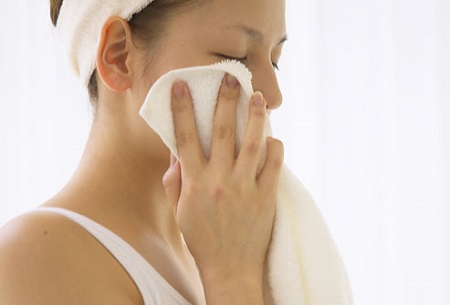


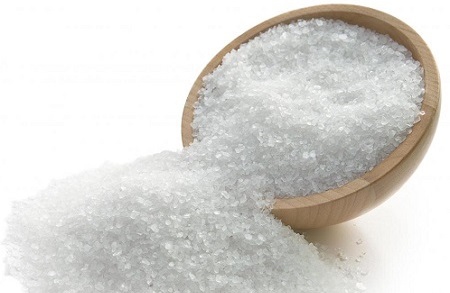
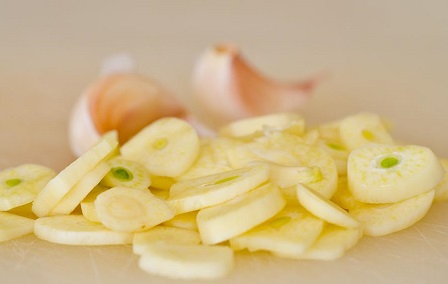


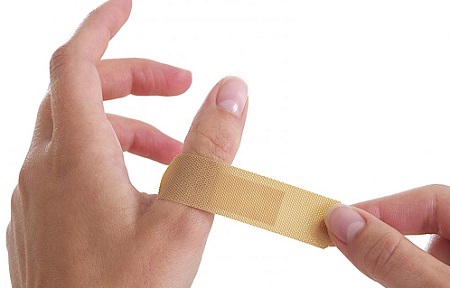
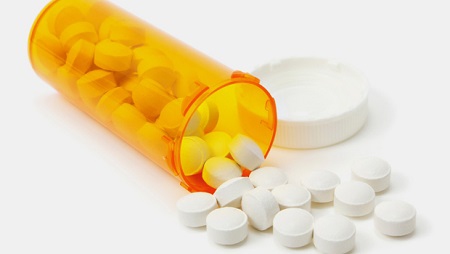
View All Comments /Add Comment